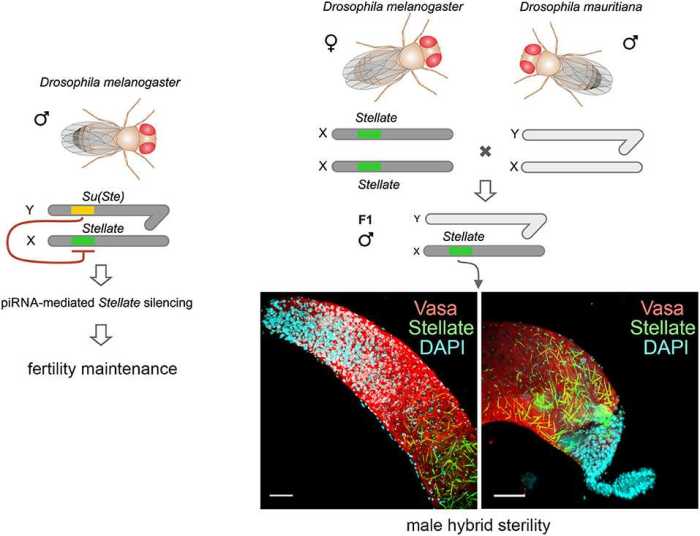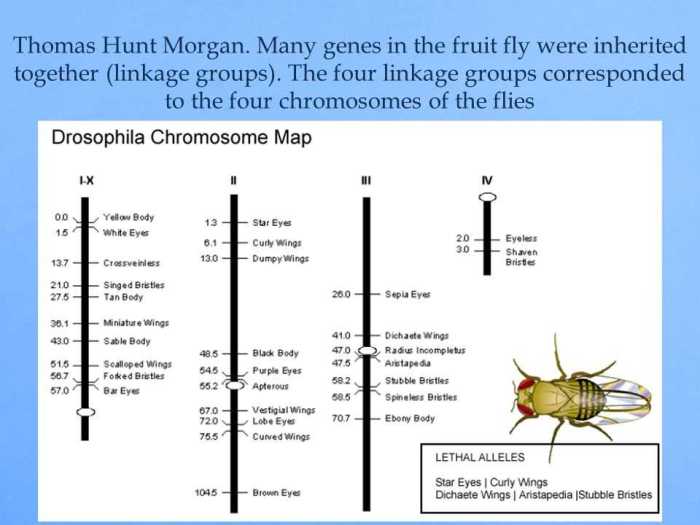Drosophila simulation – patterns of heredity answer key: a gateway to understanding the intricate mechanisms of inheritance. With this invaluable tool, scientists delve into the world of genetics, utilizing the fruit fly, Drosophila melanogaster, as a model organism to decipher the secrets of heredity.
Through meticulously designed simulations, researchers gain insights into the patterns of inheritance, tracing the transmission of genetic traits across generations. This exploration empowers scientists to unravel the complexities of genetic disorders, predict inheritance patterns, and advance our understanding of human health.
Drosophila Simulation

Drosophila melanogaster, commonly known as the fruit fly, is a powerful model organism used in genetic simulations due to its short generation time, high fecundity, and well-characterized genome.
The use of drosophila in genetic research provides numerous advantages, including:
- Short generation time: Drosophila has a generation time of approximately 10 days, allowing researchers to observe multiple generations in a relatively short period.
- High fecundity: Drosophila females can lay up to 100 eggs per day, providing a large sample size for genetic studies.
- Well-characterized genome: The drosophila genome has been extensively studied and sequenced, making it a valuable resource for identifying and studying genes.
However, there are also limitations to using drosophila in genetic research, such as:
- Limited genetic diversity: Drosophila has a relatively small genetic pool, which can limit the generalizability of results to other species.
- Species-specific traits: Drosophila has certain traits that may not be applicable to other species, such as its ability to survive on a simple diet.
Patterns of Heredity: Drosophila Simulation – Patterns Of Heredity Answer Key

Patterns of heredity refer to the consistent transmission of genetic traits from parents to offspring. In drosophila simulations, these patterns can be observed through the analysis of specific genetic crosses.
Some common patterns of heredity that can be studied using drosophila simulations include:
- Mendelian inheritance: This refers to the basic principles of inheritance described by Gregor Mendel, including the laws of segregation and independent assortment.
- Sex-linked inheritance: This refers to the inheritance of traits that are located on the X or Y chromosome. In drosophila, males are hemizyguous for X-linked genes, meaning they have only one copy of each X-linked gene.
- Quantitative inheritance: This refers to the inheritance of traits that are influenced by multiple genes and environmental factors.
Answer Key
The following answer key provides explanations for the patterns of heredity observed in the drosophila simulations:
- Mendelian inheritance:The observed patterns of inheritance in the drosophila simulations support the principles of Mendelian inheritance. For example, in a monohybrid cross involving a dominant and recessive allele, the expected phenotypic ratio in the F2 generation is 3:1 (dominant:recessive).
- Sex-linked inheritance:In the drosophila simulations involving sex-linked genes, the inheritance patterns are consistent with the hemizygosity of males for X-linked genes. For example, in a cross between a heterozygous female and a hemizyguous male, the expected phenotypic ratio in the F1 generation is 1:1 (dominant:recessive) in males and 1:2 (dominant:recessive) in females.
- Quantitative inheritance:The drosophila simulations involving quantitative traits show that these traits are influenced by multiple genes and environmental factors. For example, in a simulation involving body weight, the observed variation in body weight among individuals is likely due to the combined effects of several genes and environmental factors, such as diet and temperature.
FAQ Overview
What is the purpose of using drosophila in genetic simulations?
Drosophila melanogaster, commonly known as the fruit fly, is an ideal model organism for genetic research due to its short generation time, large number of offspring, and well-characterized genetics.
What are the advantages of using drosophila in genetic research?
Drosophila offers numerous advantages, including its ease of maintenance, low cost, and the availability of a vast array of genetic tools and resources.
What are the limitations of using drosophila in genetic research?
While drosophila provides valuable insights, it is essential to consider its limitations, such as the differences in genetic mechanisms between flies and humans, which may not always translate directly to human biology.